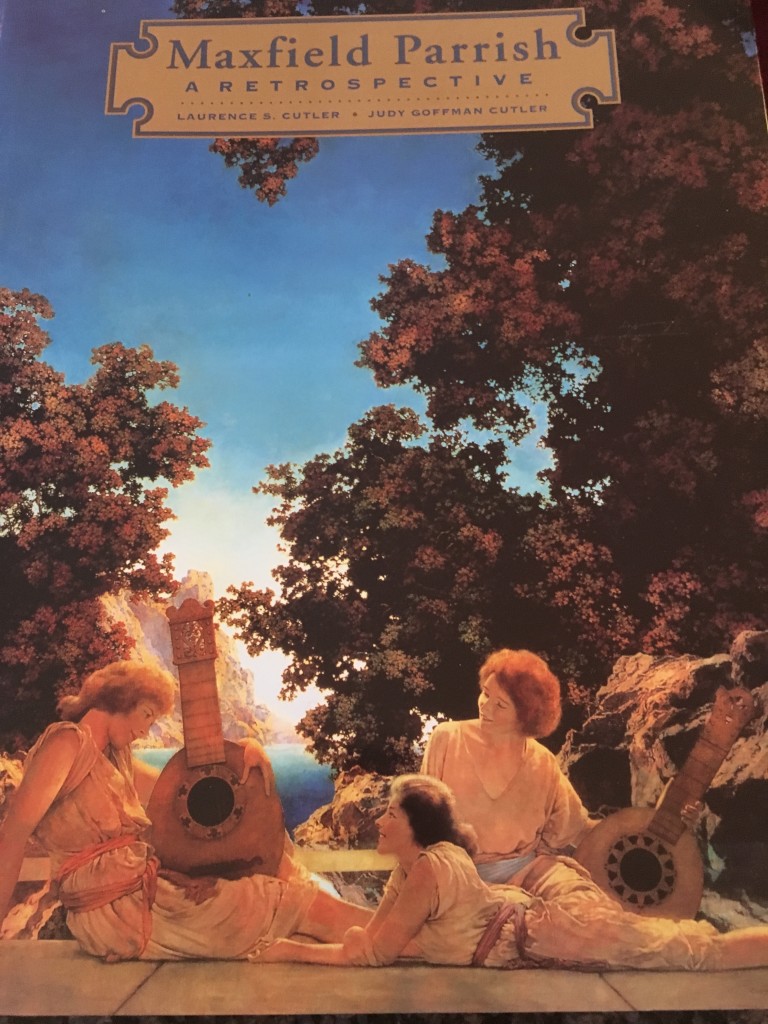 “There has always been war,” says James Nachtwey, a multi-award winning photojournalist. “War is raging throughout the world at the present moment. And there is little reason to believe that war will cease to exist in the future. As man has become increasingly civilized, his means of destroying his fellow man have become ever more efficient, cruel and devastating.”
“There has always been war,” says James Nachtwey, a multi-award winning photojournalist. “War is raging throughout the world at the present moment. And there is little reason to believe that war will cease to exist in the future. As man has become increasingly civilized, his means of destroying his fellow man have become ever more efficient, cruel and devastating.”
He continues: “Is it possible to put an end to a form of human behavior which has existed throughout history by means of photography? The proportions of that notion seem ridiculously out of balance. Yet, that very idea has motivated me.”
James Nachtwey, born in 1948, has spent a lifetime documenting historical events around the world through photography, as seen in the exhibit, “Witness to History: James Nachtwey—Afghanistan, Ground Zero, Iraq“, currently on display at the Currier Gallery of Art in New Hampshire.
An emotional, jaw-dropping experience, the exhibition “reveal[s] war’s tragic effect on combatants and civilians, and includes highly personal images of American troops and their families, as well as photographs of Iraqi and Afghani civilians and their families” (quote from gallery website).
From his iconic images of the collapse of the South Tower with the cross of the Church of St. Peter in the foreground, to the dramatic 30-foot-long black and white mural of prints of American soldiers in the chaotic aftermath of being wounded and receiving medical treatment and of the doctors who are treating them, James Nachtwey’s photographs leave one looking for the nearest bench to quietly reflect and ponder the unpredictable chaos of war.
Juxtaposing Nachtwey’s solemn, dark and tragic photographs is the work of Maxfield Parrish, an artist who captures the fantastical radiance and light of autumn, also on display at the Currier Gallery of Art in an exhibit entitled “Maxfield Parrish: The Power of Print.”

Parrish (1870-1966), considered one of America’s greatest illustrators of the 20th century, was known for the intense luminosity of his paintings that beguile, captivate and awaken something deep within. “You don’t look at a Maxfield Parrish; you look into it, feeling it beckon you to enter,” writes Bruce Watson in the Smithsonian Magazine.
Parrish was also known for the photorealism of his lush landscapes and for magical scenes of enchanted fantasy and for the “Parrish Blue” color – a surreal indigo that colored the skies and waters of his paintings.
One of his paintings of enchanted fantasy, titled “Daybreak” (1922), is considered one of his most famous and was estimated to have been hanging, in the 1920’s, in one out of every four homes in America. He considered himself a “strictly popular artist” and was hailed as a precursor to pop art, influencing Andy Warhol who was a collector of his art.
What made him particularly unique was that he ”effortlessly combined the creativity and virtuosity of a fine artist with the keen business sense of a commercial, or ‘popular’, artist to create images that had mass appeal,” a pamphlet from the exhibit explains.
“Whatever quality I may possess,” Parrish once said, “I truly think, is the result of being alone and working it out without another’s help. It makes for individuality and even imagination, and what you do is your own.”
His work appeals to viewers of all ages and ultimately speaks to the child in each of us. The magic and enchantment, the warm coziness, the soft serenity and, of course, the “Parrish Blue”, are the “stuff [that] dreams are made of” (quote from Mr. Watson).
The book, Maxfield Parrish: A Treasury of Art and Children’s Literature, compiled by Alma Gilbert features the poem “Rock Me to Sleep” by Elizabeth Akers Allen (1832-1911) that perfectly captures our childhood yearnings:
Backward, turn backward, O Time in your flight!
Make me a child again, just for to-night!…
Backward, flow backward, O tide of the years!
I am so weary of toils and of tears,
Toil without recompense, tears all in vain!
Take them, and give me my childhood again…
Read more about the James Nachtwey exhibit here and the Maxfield Parrish exhibit here.
